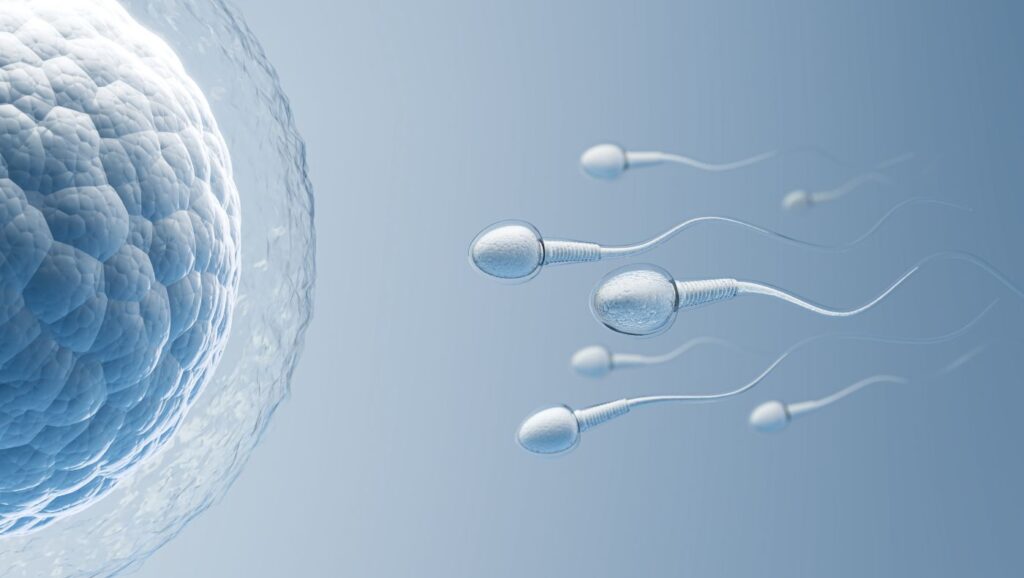
Normozoospermia: Meaning, Diagnosis, and Its Role in Fertility
When it comes to fertility, the spotlight often shines on women, but let’s not forget: it takes two to tango! Male fertility plays an equally crucial role in the baby-making process, and understanding terms like normozoospermia can be a game-changer for couples trying to conceive. So, what’s the normozoospermia meaning, and why does it matter? Buckle up, because we’re about to break it all down in a way that’s easy to understand and (dare we say) even a little fun.
What is Normozoospermia?
Let’s start with the basics: normozoospermia meaning. In simple terms, normozoospermia refers to a semen analysis report that shows everything is A-OK in the sperm department. Think of it as a gold star for male fertility. It means the spermatozoa count, motility (how well they swim), and morphology (their shape) all meet the World Health Organisation (WHO) standards.
In other words, if your semen analysis report says “normozoospermia,” it’s like getting a thumbs-up from Mother Nature herself.
Why Normozoospermia Matters in Male Fertility
Fertility isn’t just about quantity; it’s about quality too. A normal spermatozoa count is essential, but so are spermatozoa motility and spermatozoa morphology. Here’s why:
- Spermatozoa Count: This is the number of sperm in your semen. A normal spermatozoa count is typically over 15 million per millilitre.
- Spermatozoa Motility: This refers to how well the sperm can swim. If they’re not moving, they’re not reaching the egg.
- Spermatozoa Morphology: This is about the shape of the sperm. Ideally, they should have an oval head and a single tail.
When all these parameters are normal, you’ve got normozoospermia—a green light for natural conception.
Semen Analysis: The Key to Unlocking the Mystery
If you’re wondering how to find out if you have normozoospermia, the answer lies in a semen analysis. This test is the gold standard for assessing male fertility. Here’s what it involves:
- Semen Volume: A normal range is 1.5-5 mL.
- Spermatozoa Count: Over 15 million per mL is considered normal.
- Spermatozoa Motility: At least 40% of the sperm should be moving.
- Spermatozoa Morphology: At least 4% should have a normal shape.
A normal seminal fluid analysis report will show all these parameters within the ideal range, confirming normozoospermia.
Normozoospermia vs. Other Semen Conditions
Not all semen analysis reports are created equal. Here’s how normozoospermia stacks up against other conditions:
- Oligospermia: Low sperm count (less than 15 million per mL).
- Asthenozoospermia: Poor sperm motility.
- Teratozoospermia: Abnormal sperm morphology.
While these conditions can make conception more challenging, normozoospermia is the fertility equivalent of a clean bill of health.
The Role of Normozoospermia in Fertility
Natural Conception
Normozoospermia is the dream scenario for couples trying to conceive naturally. With a normal spermatozoa count, good motility, and healthy morphology, the chances of sperm meeting egg are significantly higher.
Assisted Reproductive Techniques (ART)
Even in cases where assisted reproductive techniques like IVF or ICSI are needed, normozoospermia can improve success rates. A normal seminal fluid analysis report means there’s a solid foundation to work with.
Factors That Can Affect Normozoospermia
While normozoospermia is ideal, it’s not set in stone. Several factors can impact sperm health:
Lifestyle Factors
- Smoking: A big no-no for sperm health.
- Alcohol: Excessive drinking can lower sperm quality.
Diet: A poor diet lacking in nutrients can affect spermatozoa motility and morphology.
Medical Conditions
- Varicocele: Enlarged veins in the scrotum can reduce sperm quality.
- Infections: Certain infections can impact sperm production.
- Hormonal Imbalances: These can affect overall reproductive health.
Tips for Maintaining Healthy Sperm Parameters
Want to keep your sperm in tip-top shape? Here are some pro tips:
- Eat a Balanced Diet: Load up on antioxidants, zinc, and omega-3 fatty acids. Think walnuts, spinach, and citrus fruits.
- Exercise Regularly: Physical activity boosts overall health, including sperm health.
- Avoid Toxins: Steer clear of smoking, excessive alcohol, and exposure to harmful chemicals.
- Manage Stress: High stress levels can negatively impact fertility.
When to Seek Medical Advice
If you’ve been trying to conceive without success, or if your semen analysis report shows abnormalities, it might be time to consult a specialist. Signs to watch out for include:
- Low libido
- Difficulty in conception
- Abnormalities in your normal seminal fluid analysis report
A fertility specialist can provide tailored advice and treatment options to help you on your journey.
Conclusion: Normozoospermia and Your Fertility Journey
Understanding normozoospermia’s meaning and its role in fertility can empower you to take charge of your reproductive health. Whether you’re trying to conceive naturally or exploring assisted reproductive techniques, a normal seminal fluid analysis report is a great starting point.
Remember, maintaining healthy sperm parameters is within your control. With the right lifestyle choices and medical guidance, you can optimise your fertility potential and increase your chances of starting or growing your family.
So, here’s to healthy sperm, happy couples, and the journey to parenthood!
FAQs
1. What is the meaning of normozoospermia?
Normozoospermia refers to normal sperm parameters, including count, motility, and morphology, ensuring male fertility.
2. What is a normal spermatozoa count?
A normal spermatozoa count is over 15 million sperm per millilitre of semen.
3. How does spermatozoa motility impact fertility?
Good motility ensures sperm can swim effectively to reach and fertilise the egg.
4. What does a normal seminal fluid analysis report include?
It includes parameters like sperm count, motility, morphology, and semen volume.
5. Can lifestyle changes improve normozoospermia?
Absolutely! A healthy diet, regular exercise, and avoiding harmful habits can significantly improve sperm health.